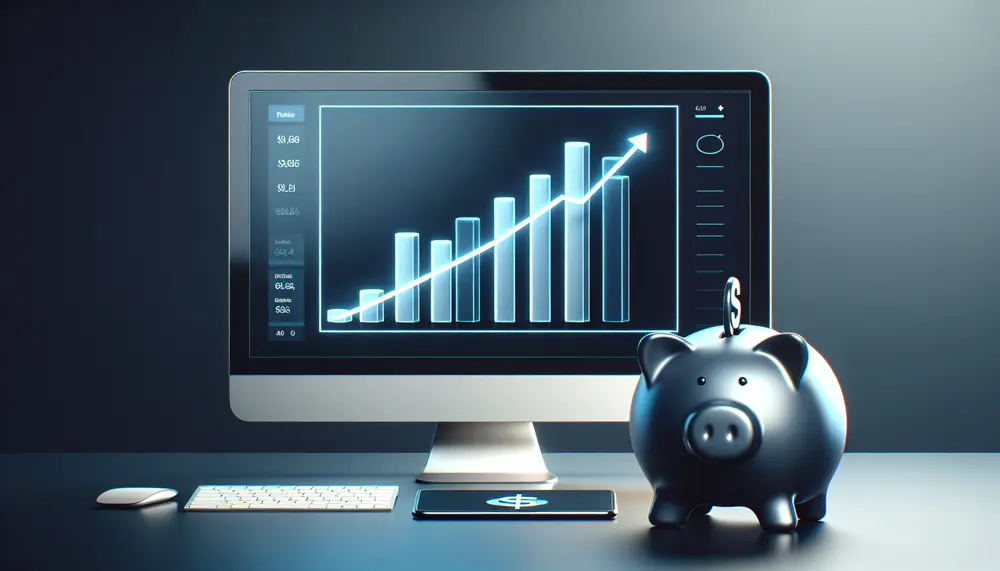Initial Margin
Initial Margin
What is the Initial Margin?
When entering the world of trading, it's crucial to understand various terms and concepts. One such term is the Initial Margin. But what exactly does this term mean? Let's break it down.
The Definition of Initial Margin
The Initial Margin refers to the initial money that is required to open a position in futures or options trading. It acts as a kind of security deposit to cover potential losses. Not to be confused with the total value of the contract, the Initial Margin is just a fraction of it.
How Initial Margin Works
When you embark on futures or options trading, the Initial Margin amount will need to be deposited into your account. This amount acts as collateral if the market moves against your position. If your account's equity drops below a certain point (known as a maintenance margin), you will need to add more funds to meet the Initial Margin requirement. This process is known as a margin call.
Why the Initial Margin is Important
The Initial Margin serves a significant role in managing risk in trading. By keeping a protective barrier against potential losses, it provides a safety net. This way, traders and brokers are both shielded from the possibility of a trade going awry.
Calculating the Initial Margin
The calculation of the Initial Margin often depends on the volatility of the underlying asset. In this way, riskier assets typically require higher Initial Margins. It's essential to confirm the required Initial Margin weith your broker before executing a trade.
Learn More about Trading Concepts
Now that you know what the Initial Margin is, feel free to delve deeper into other trading concepts. Keep in mind, understanding these vital terms can significantly improve your trading strategy and lessen potential risks.
Blog Posts with the term: Initial Margin

Levex, or leveraged trading, allows traders to increase market exposure and potential profits using borrowed funds but also amplifies risks. It requires a strong understanding of trading fundamentals and robust risk management strategies due to the heightened potential for both...

Bitcoin margin trading involves borrowing funds to increase buying power, amplifying both potential profits and losses. Traders must understand leverage ratios, maintain initial and maintenance margins in their accounts, and manage the high risks associated with cryptocurrency's volatility....


